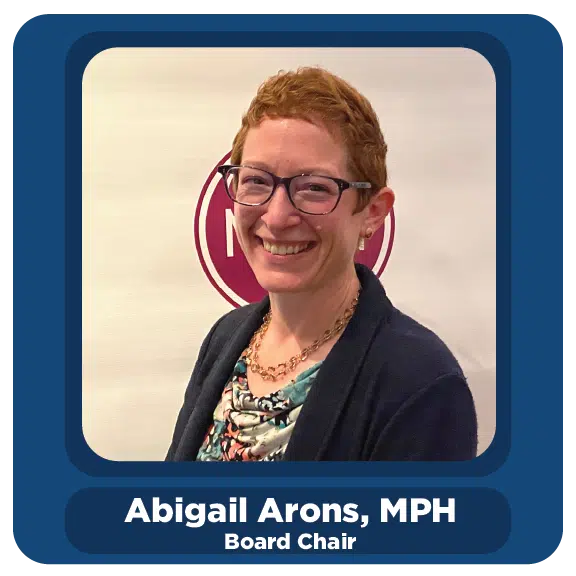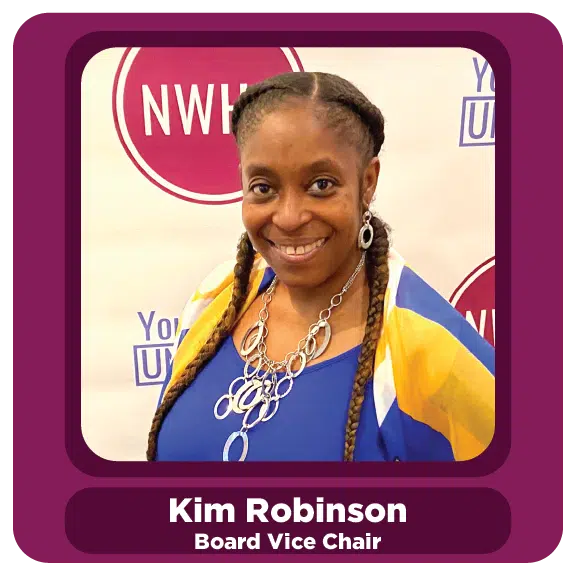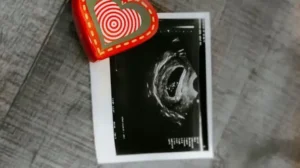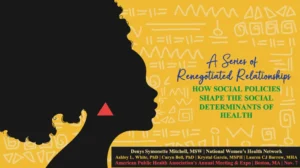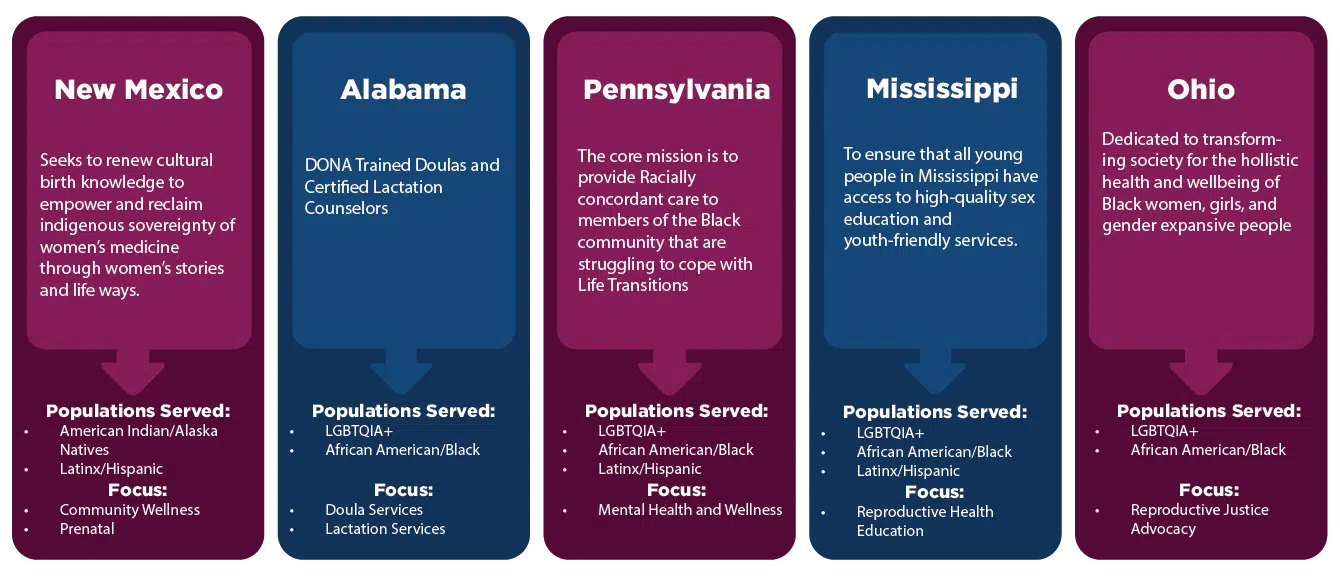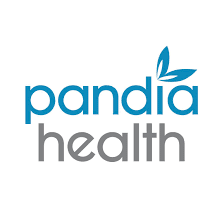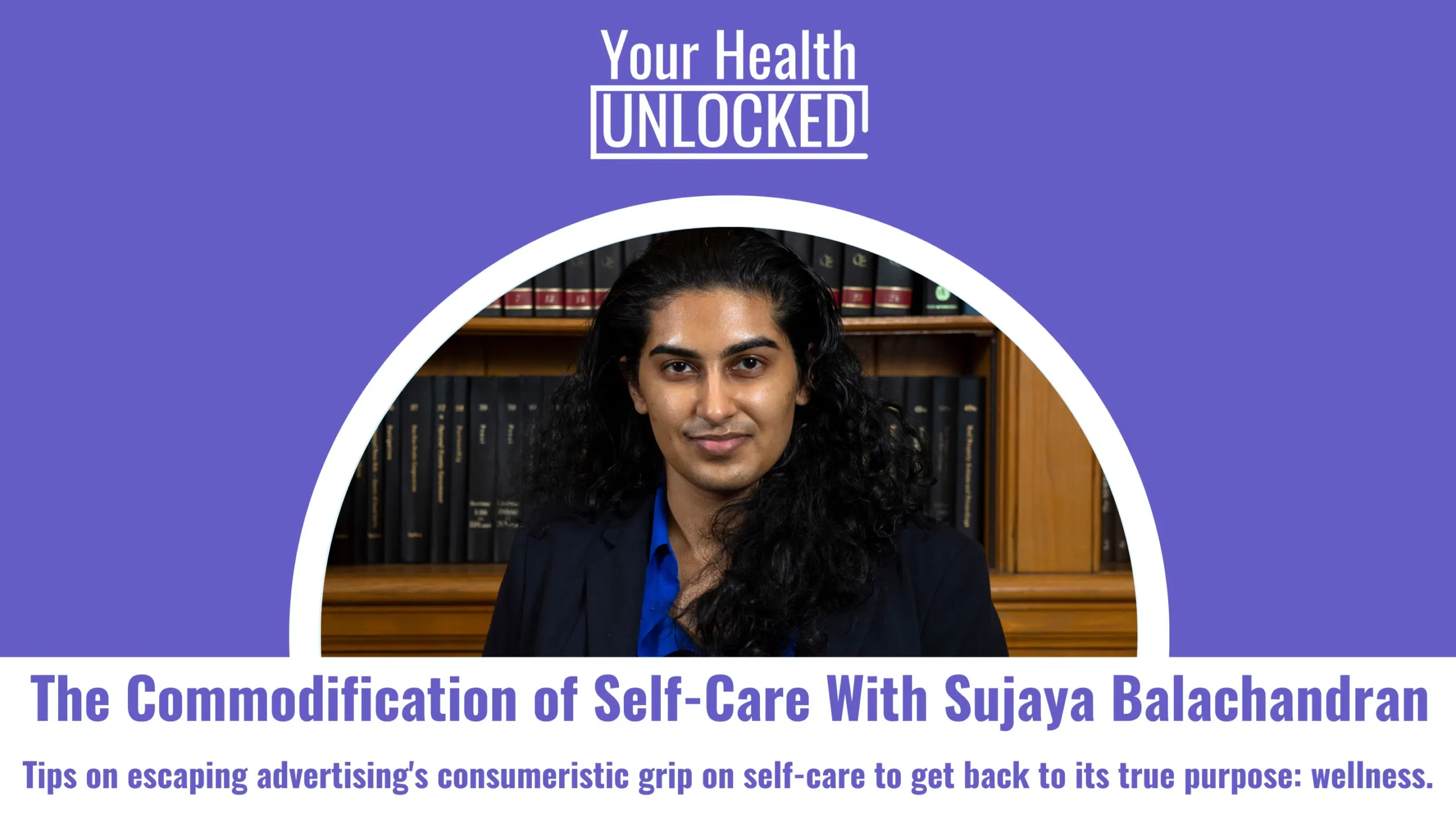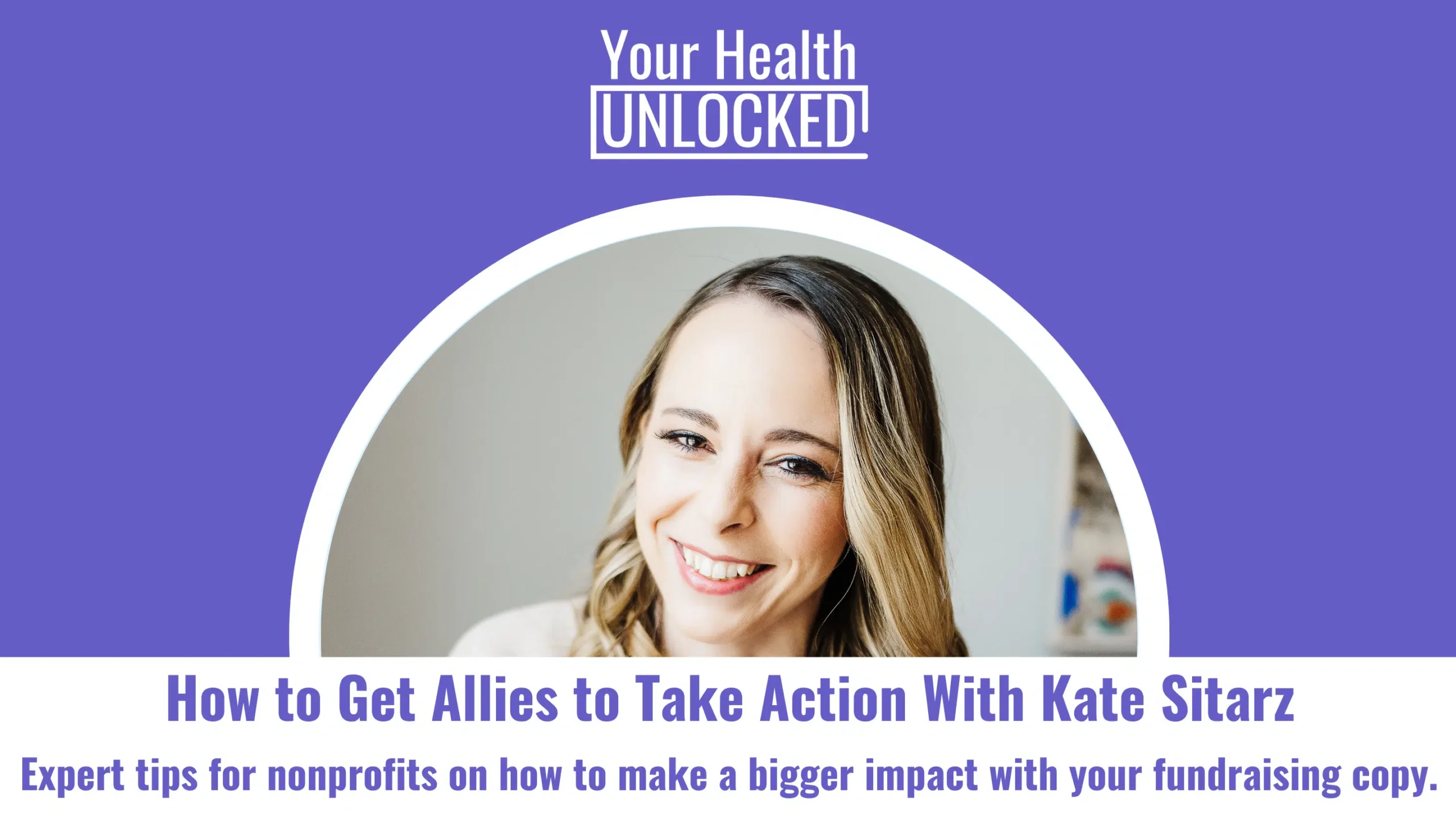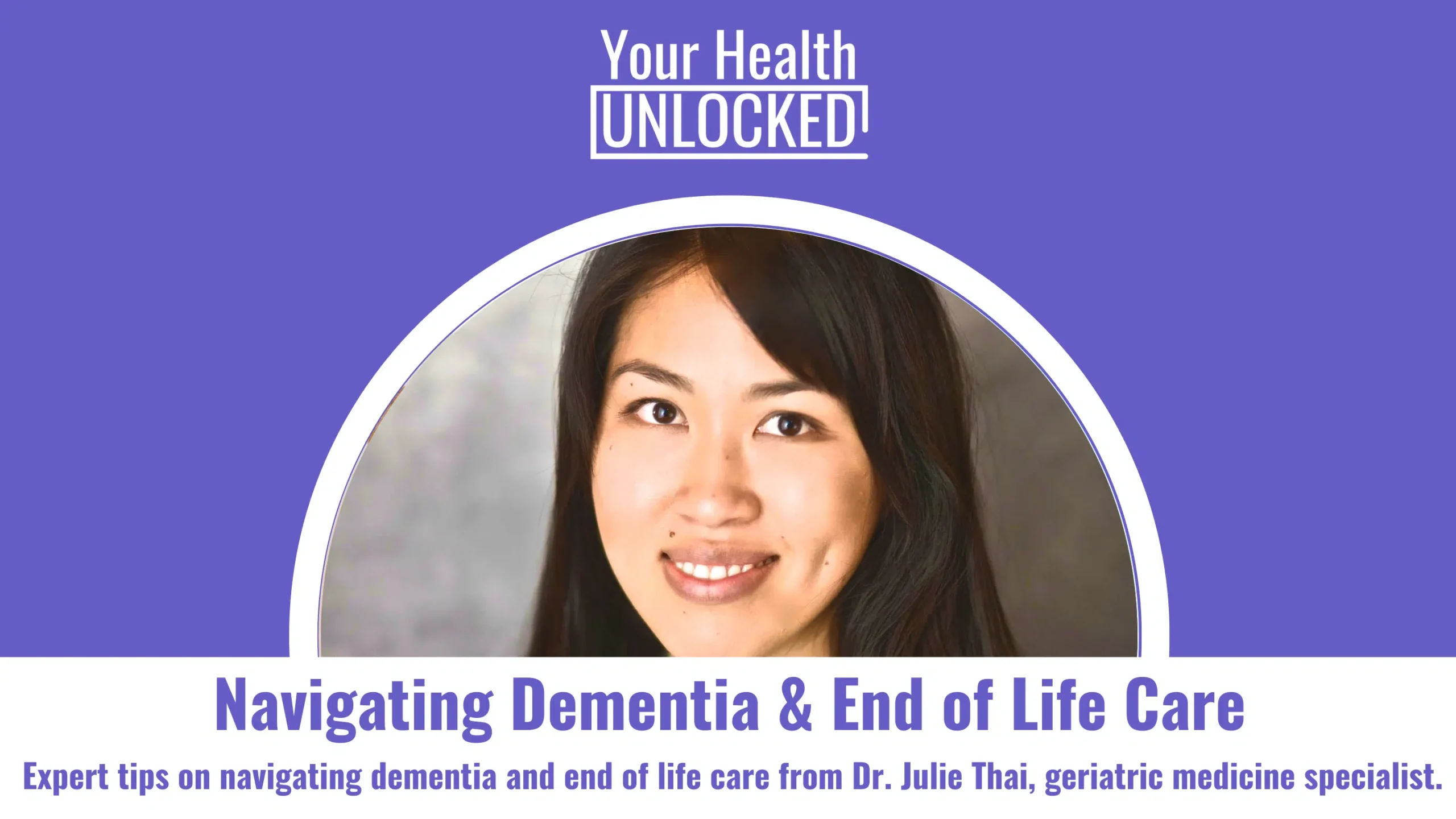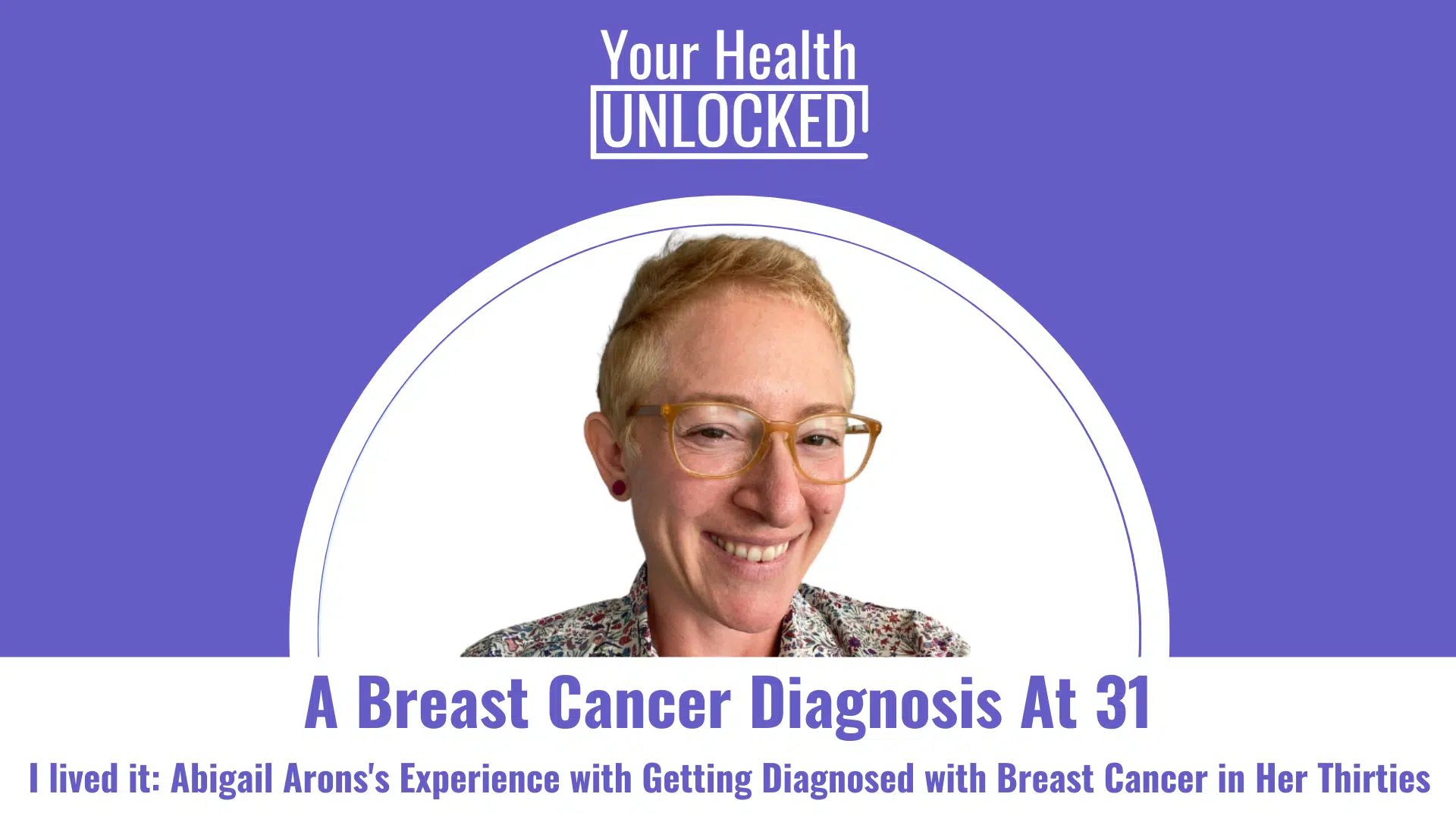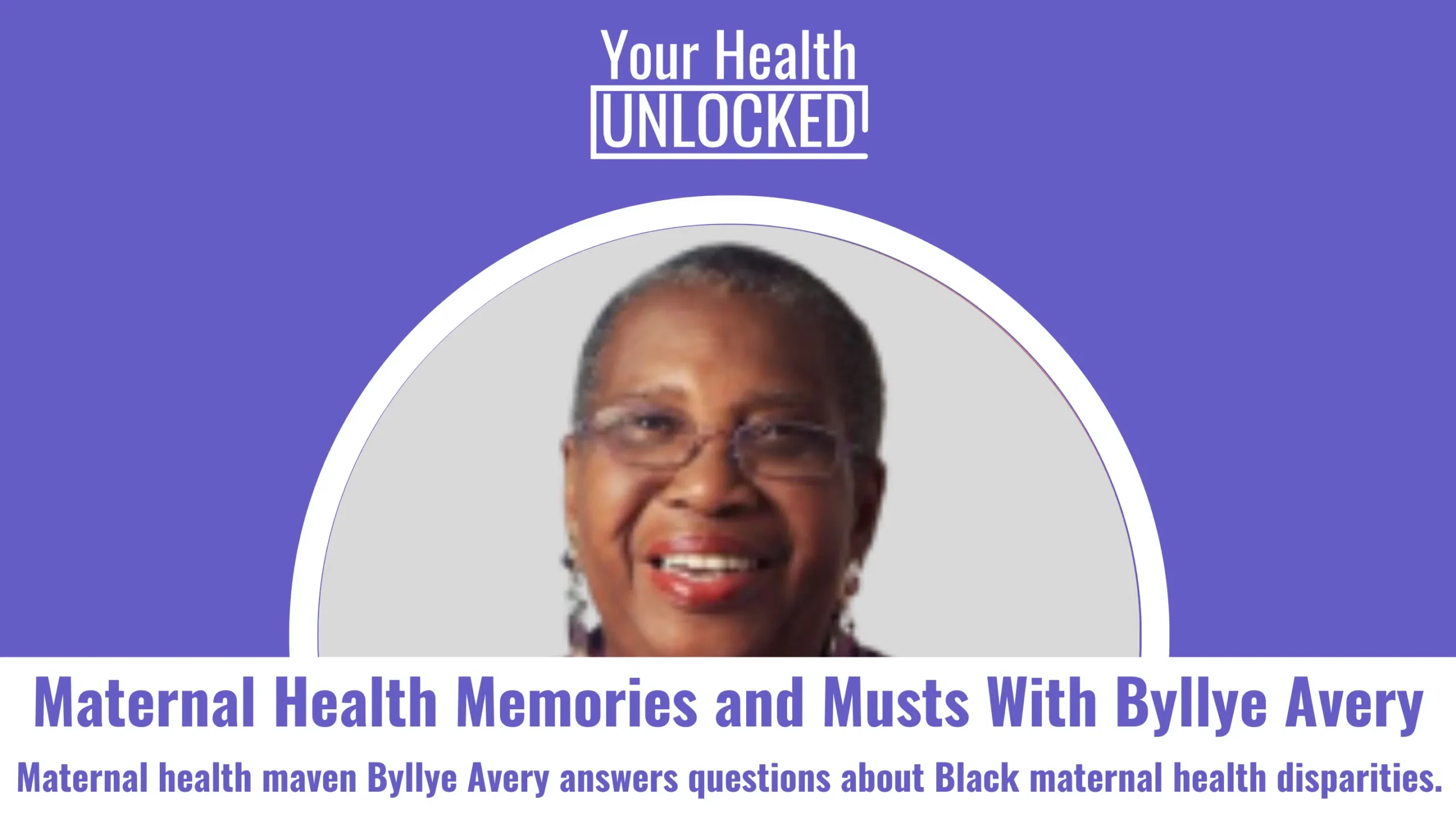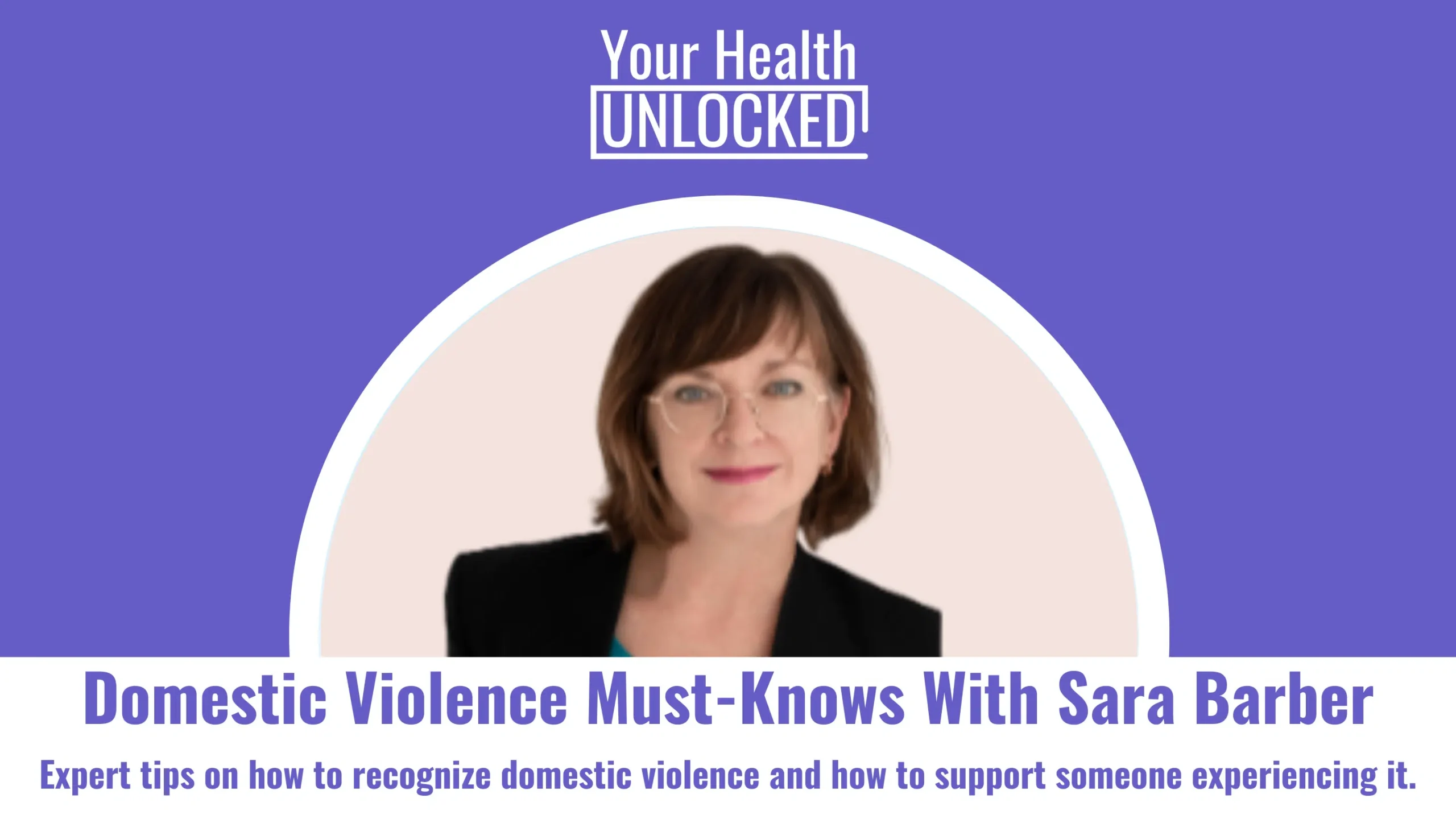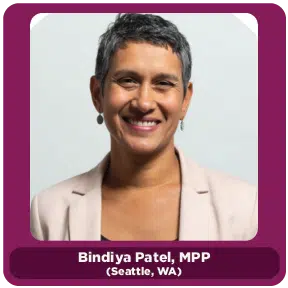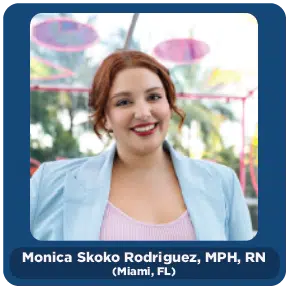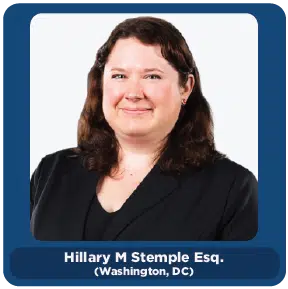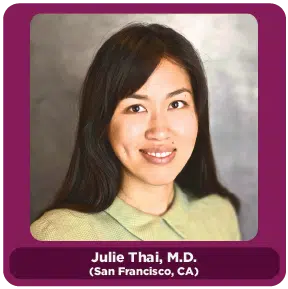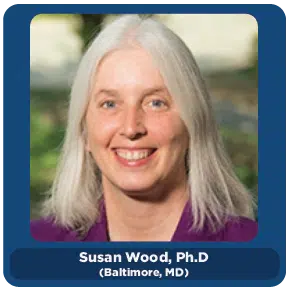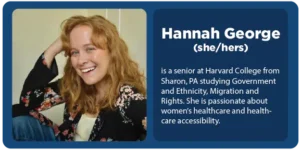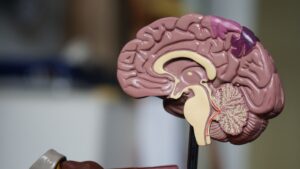Worldwide, 55 million people live with Alzheimer’s Disease.
In the United States, 1 in 9 Americans over the age of 65 are affected by this progressive disease, two-thirds of which are women, making Alzheimer’s Disease the 7th leading cause of death in the country. These figures will continue to climb as the baby boomer generation ages.
Alzheimer’s Disease impacts women at greater rates than men as aging is the greatest risk factor and women on average live longer than men.
What is Alzheimer’s Disease?
Alzheimer’s Disease is a degenerative brain disease where nerve cells are damaged over the course of decades. Early symptoms of Alzheimer’s involve memory, language, and cognitive challenges because the areas of the brain impacted first by Alzheimer’s Disease are responsible for these functions.
In terms of pathology, the classic changes in the brain related to Alzheimer’s disease involve a progressive accumulation of plaques and tangles inside and around neurons, inevitably leading to neuron death and subsequent damage to brain tissue. This damage slowly occurs over the course of up to 20 years, before the onset of symptoms.
10 Signs to Look Out For
According to the Alzheimer’s Association, there are 10 signs to keep an eye out for when it comes to the early detection of Alzheimer’s:
1. Memory disturbances that interfere with daily life: forgetting new information can be an early sign of Alzheimer’s Disease. For example, repeatedly asking the same question or relying on family or memory aids, such as post its, to remember things that would have previously been carried out independently. (So, if you’ve always been a post it person, this isn’t as concerning).
2. Issues with problem solving: Difficulties with problem solving make multi-step processes increasingly hard to complete for people living with Alzheimer’s Disease. For example, following a recipe, planning trips, budgeting, or work projects become difficult to navigate.
3. Challenges with familiar tasks: Familiar locations, names, or concepts become difficult to remember. People living with Alzheimer’s Disease may find themselves getting lost on the way to work or forgetting the rules to their favorite game.
4. Confusion with time and space: Losing track of the date, time of year, or season can be a sign of Alzheimer’s Disease. Conceptualizing the future is also a difficult task, making focusing on the present or immediate tasks easier.
5. Challenges with visual images and spatial relationships: Visual disturbances are common in people living with Alzheimer’s Disease, such as challenges with color, contrast, or judging distance. These visual disturbances ultimately may affect one’s ability to drive.
6. Language problems: People with this disease may find themselves lost in conversation, repeating themselves, and encountering difficulty recalling familiar words. Organizing thoughts in writing also presents a new challenge.
7. Misplacing things: Placing items in unusual locations and losing the capacity to retrace one’s steps, such as having difficulty recalling where you were when you last had your keys, could be a sign of Alzheimer’s Disease,
8. Poor judgement: Are you noticing increasingly impulsive behavior in yourself or someone you love? Is money suddenly harder to handle, and are things like grooming, traffic laws, and other daily activities that require sound judgement falling through the cracks? This could be a sign of Alzheimer’s Disease.
9. Withdrawal from social activities: As a result of the challenges with following conversation and executing familiar tasks, people living with this disease may become withdrawn from work and other parts of their social life.
10. Changes in mood, personality, and behavior: Changes in personality often occur as a result of Alzheimer’s Disease. Confusion, depression, suspicion, anger, and fear are common as people navigate these new difficulties of daily life.



